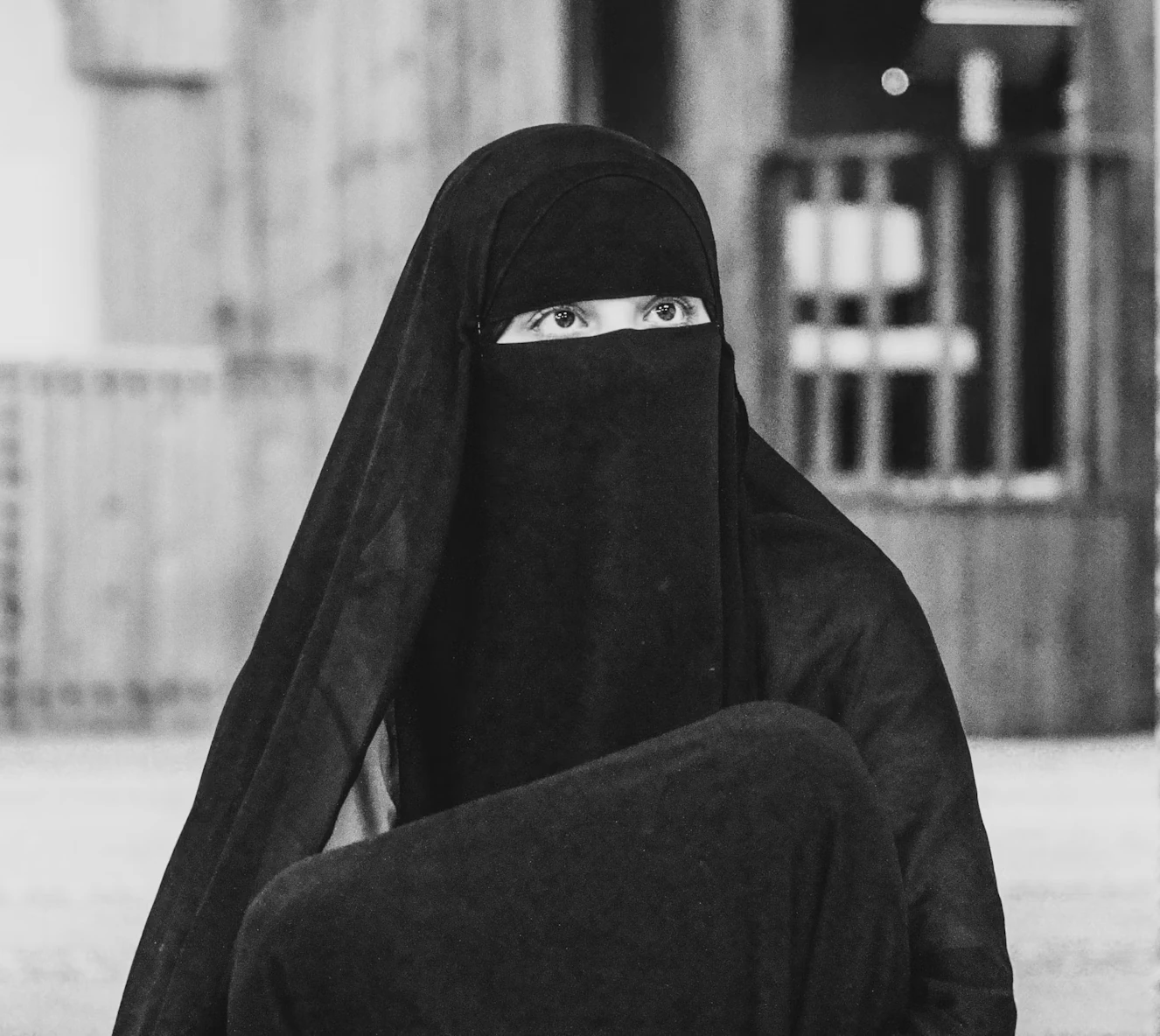A burqa is a full-body garment worn by some Muslim women in public, designed to ensure modesty. It covers the entire body, including the face, with a mesh panel over the eyes allowing the wearer to see. Typically made from lightweight fabrics like cotton or polyester, the burqa is practical for warm climates while maintaining coverage.
Unlike the hijab (headscarf) or niqab (face veil), the burqa offers the most comprehensive coverage. Its design is rooted in specific cultural and religious practices, particularly in regions like Afghanistan and parts of South Asia.
Key Characteristics:
- Covers the entire body and face
- Mesh eye panel for vision
- Made from breathable materials
- Prevalent in certain Muslim communities
Cultural and Religious Roots
The burqa reflects interpretations of modesty in Islam, a principle valued for both men and women. Some Muslim women wear it to align with religious teachings from the Quran and Hadith, which emphasize dressing in ways that avoid drawing attention. For these women, the burqa is a symbol of faith, cultural identity, or personal choice.
Its use varies widely. In Afghanistan, the burqa is common due to cultural norms, while in countries like Malaysia or Turkey, other modest attire like the hijab is more typical. The decision to wear a burqa often depends on regional traditions, family practices, or individual preference.
Why the Burqa Is Worn:
- To fulfill religious modesty guidelines
- To express cultural or personal identity
- As a voluntary or traditional practice
Terrorism Fears and Security Concerns
The burqa’s full coverage has raised security concerns in some regions, particularly fears related to terrorism. Because it conceals the wearer’s identity and body, critics argue it could be used to hide objects or intentions. For example, law enforcement in Western countries has cited challenges in identifying individuals in settings like airports or courtrooms, where verification is critical.
High-profile cases, such as a UK courtroom requiring a woman to remove her burqa for identity confirmation, highlight these tensions. While rare, the possibility of concealing explosives or weapons under the garment fuels terrorism-related fears, prompting debates about public safety.
Security Issues Raised:
- Difficulty verifying identity in legal or security contexts
- Potential to conceal objects, raising terrorism concerns
- Challenges for law enforcement in high-risk areas
Cultural Identity vs. Public Safety
The burqa sits at the intersection of cultural expression and security debates. For many Muslim women, it represents a deeply personal choice tied to faith or heritage. Critics, however, view it as a potential risk, leading to policies like France’s 2010 ban on face-covering garments in public, which cited terrorism and social cohesion concerns.
These restrictions spark controversy. Advocates argue they infringe on religious freedom and discriminate against Muslim women, while supporters of bans prioritize public safety. The debate reflects broader challenges in balancing cultural diversity with security needs.
Global Perspectives:
- Afghanistan: Burqa is a cultural norm for many.
- France: Bans face coverings, citing terrorism risks.
- Indonesia: Hijab is more common than the burqa.
Navigating the Debate
Understanding the burqa requires recognizing its dual role as a cultural symbol and a point of contention. Open dialogue, including voices of women who wear the burqa, can foster mutual respect and clarify misconceptions about its use and implications for security.
By exploring both its cultural significance and the terrorism fears it evokes, we gain insight into a complex issue that bridges faith, identity, and global safety concerns.
Topics for Further Reading:

Leave a Reply